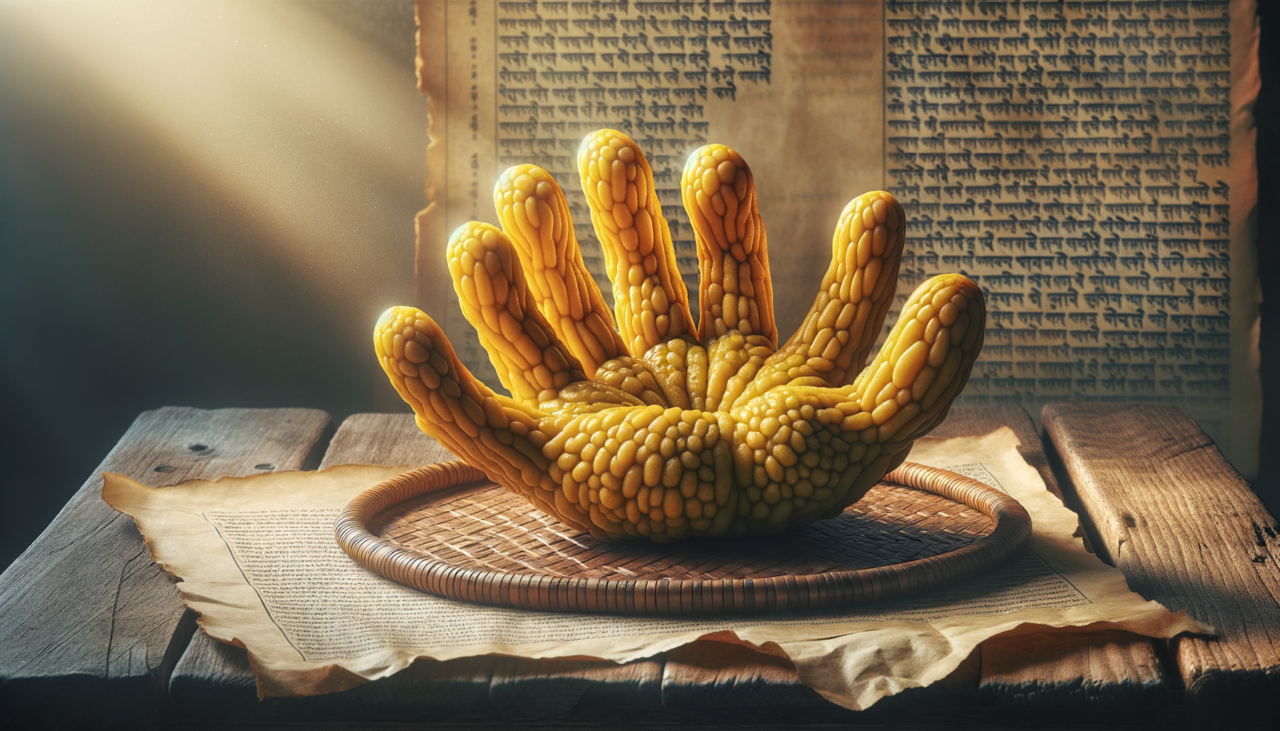In the serene world of citrus fruits, one stands out not just for its unique appearance but also for its symbolic significance—the Buddha’s hand. This intriguing fruit, with its elongated, yellow fingers, resembles a hand in prayer, a symbol of peace and prosperity in many cultures. Unlike other citrus fruits, the Buddha’s hand is prized more for its aromatic zest than for its juice. Its fragrance is often compared to a gentle breeze carrying the scent of blooming citrus orchards.
In terms of weight, a Buddha’s hand typically ranges from 150 grams to 500 grams (approximately 5 to 18 ounces). Its weight can vary significantly based on the size and number of “fingers” it possesses. Each piece is a masterpiece crafted by nature, offering a unique combination of weight, shape, and aroma.
The Buddha’s hand has a rich history that dates back to ancient China and India, where it was cultivated not only for culinary and medicinal purposes but also as an offering in religious ceremonies. Despite its unusual shape, weighing a Buddha’s hand is a simple task, thanks to modern scales. However, understanding its weight is essential for culinary enthusiasts and those who use it in traditional medicine, ensuring the right balance of flavor and fragrance in dishes and remedies.
As we ponder the weight of a Buddha’s hand, we are reminded of the Korean proverb, “Even the smallest star shines in the darkest night.” This reflects how each Buddha’s hand, regardless of its weight or size, holds a special place in the world, offering beauty, fragrance, and cultural significance. Through its weight, we connect with its history and the many hands it has passed through, from ancient orchards to modern kitchens, bridging the past with the present like a gentle story shared over a warm cup of tea.

Comments (0)
There are no comments here yet, you can be the first!